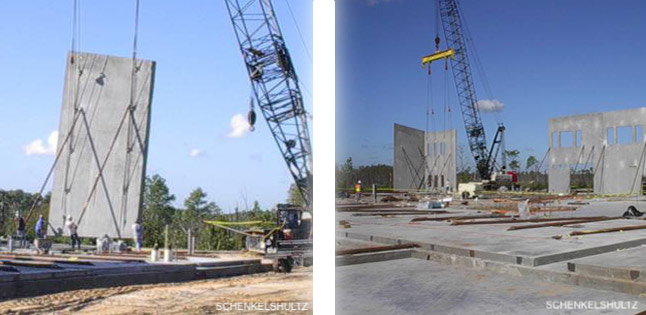Foundations, Focus and Future:
EDG works with architects to develop innovative facility designs for new and remodeled schools. These designs reflect the client's vision of educational outcomes and programs and are based on the latest learning research. EDG meets with the client, architects, and other stakeholders to discuss current research, values and visions of education and to review alternatives for facility designs. Based on the scope and needs of the project, EDG assembles a team of expert educators to participate in this process. EDG provides the architect with an education facilities narrative that includes an articulation of the project vision, comprehensive recommendations for matching the facility to the program and community, and bubble diagrams suggesting design elements. EdDesigns works with the architect as the facility plan is drawn and then with the construction team to make "educational impact assessments" of choices during value engineering so that educational values and purposes maintain their central place.
Values-Based Planning:
EDG facilitates a process that results in a values-based project vision. This process is extremely valuable in situations when the client constituency is unclear or disagrees on key elements of the project or when projects must be sold to the public or a board. The Values-Based Planning process reflects more than 25 years of research and experience. It involves a series of workshops with client constituencies where they identify and agree upon core values that forming the basis of the project vision and elements of the building design. EDG provides a statement of client values, a project vision statement and a report on the outcomes of the process.
Technology Planning:
EDG develops technology plans that support the education program on opening day and as technology and educational programs evolve in the foreseeable future. The plans focus on, but are not limited to, the following areas:
- How technology will be used in the school to teach and learn
- Hardware that will be required when the school opens and over the long term
- Software, wiring, wireless and networking solutions
- Staffing of information and technical support services
- Training of the existing or future school staff
- Ongoing technology funding and budgeting.
Training:
EDG designs and offer programs that instruct school staff members on the use of new educational approaches that can be practiced within a new or redesigned facility. These programs may include instruction on the use of learning technology, the development of technology-enhanced curricula and integrated thematic teaching. EDG can collaborate with others to provide training or can provide the training directly.
Alliances with the Private Sector:
EDG implements a process designed to bring public schools together with the private sector within its community, the state or the nation. Such arrangements are dubbed "alliances" because the process focuses on human resources and expertise as well as opportunities to demonstrate products and services rather than on soliciting cash contributions.
Community Networking:
EDG facilitates community networking processes designed to bring key constituencies from the community into public schools. These constituencies may include but not be limited to the public library, local theater companies, parks and recreation departments, human service agencies (private and public) or other agencies from local municipalities or governmental entities. EDG provides progress reports to the architect (or directly to the client) on the success of networking activities. Such networks can be part of campaigns to secure support for a project or can be instrumental in the sustained success of an educational design or facility (e.g., with shared use and support). Alliances and community networks may complement one another.
